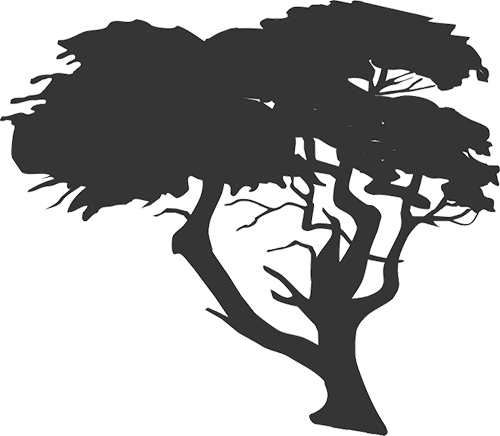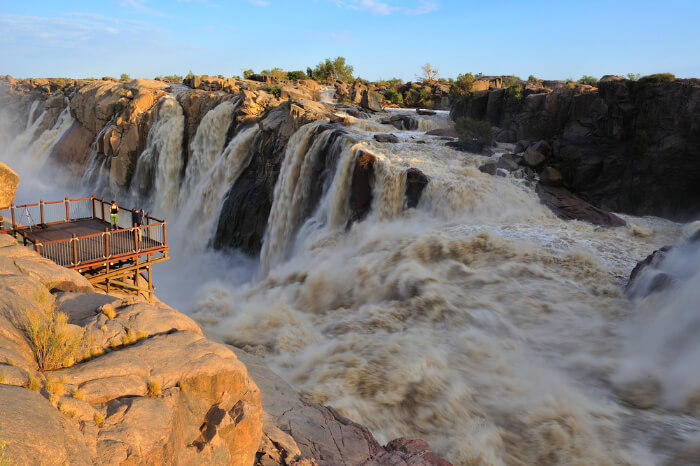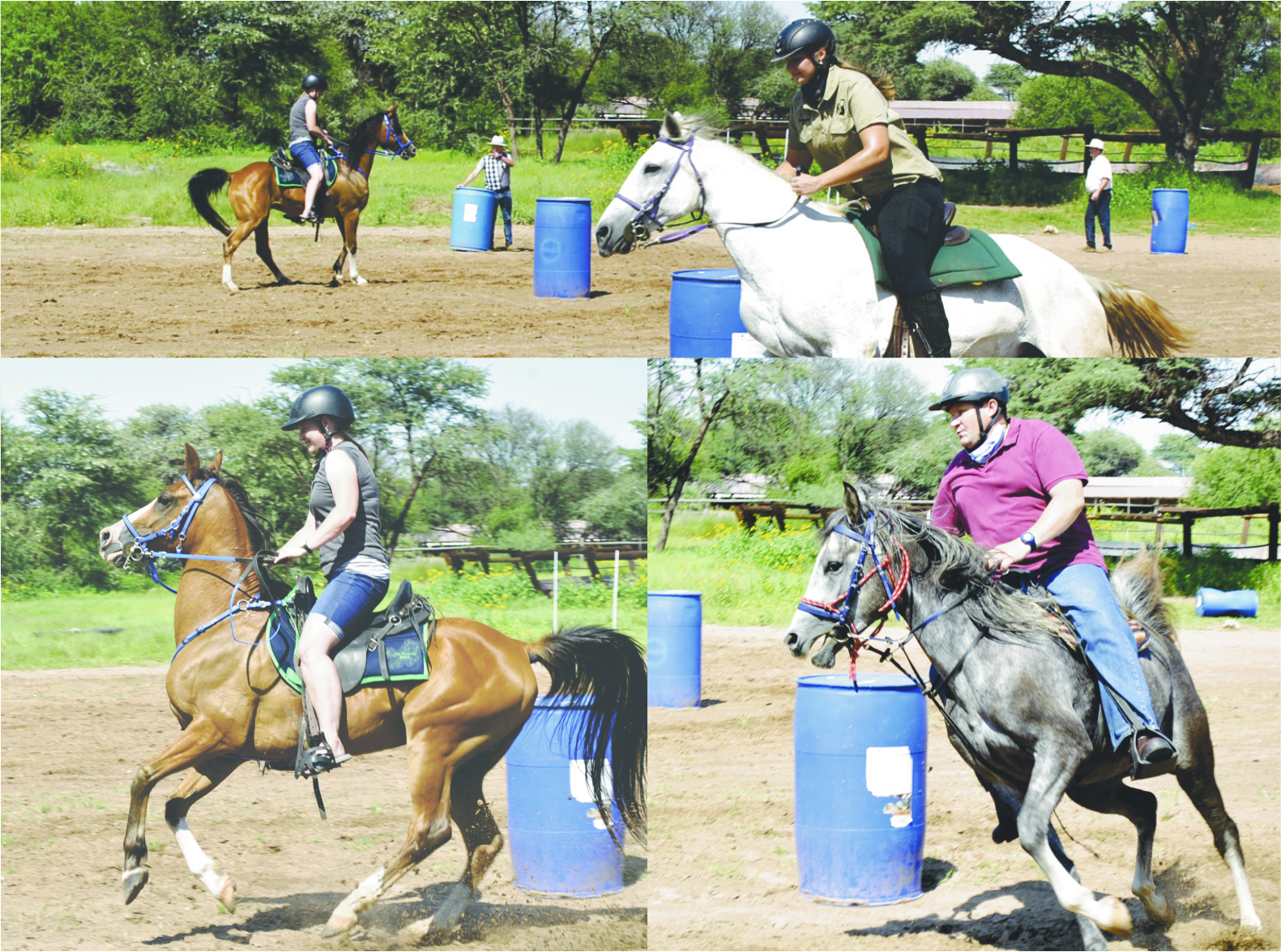Experience the wonder of Augrabies Waterfall
Few sights are as awesome or a sound as deafening as water thundering down the 56-m Augrabies Waterfall when the Orange River is in full flood.
The Augrabies Falls have had two big floods in recent years one in 1988 when it is estimated that 7800 cubic metres of water went over the fall every second, and, the flood in 2006 when it was estimated that 6800 cubic metres of water went over the falls every second.
Since January 2021 rain has been pouring across the north of the country and the Augrabies Falls are gushing. The flow of water over the falls is expected to reach 2000 cubic metres per second within the next two weeks.
“Due to the high rainfall across the country, the falls are getting full and a wonder to experience,” said SANParks in a statement.
The falls are also known as “Aukoerebis” or “place of great of noise” as described by the Khoi people.
On January 31, the falls were descending at 1065 cubic metres per second, as recorded by SANParks.
The Department of Water & Sanitation said it is likely the falls will remain like this until February 5. It is then predicted that the falls will increase to 2000 cubic metres per second.
“It is predicted that it will stay over 2000 cumec from Friday for the next five to seven days,” said SANParks.
The Khoi people called it Aukoerebis, or place of Great Noise, as this powerful flow of water is unleashed from rocky surroundings characterized by the 18-km abyss of the Orange River Gorge.
Picturesque names such as Moon Rock, Ararat and Echo Corner are descriptive of this rocky region, characterised by the 18-kilometre abyss of the Orange River Gorge and craggy outcrops dominating scrub-dotted plains.
Klipspringer and kokerboom (quiver trees) stand in stark silhouette against the African sky, silent sentinels in a strangely unique environment where only those that are able to adapt ultimately survive.
The 28 000 hectares on both the northern and southern sides of the Orange River provide sanctuary to a diversity of species, from the very smallest succulents, birds and reptiles to springbok, gemsbok and the endangered black rhino.
The most characteristic plant in the park is the giant aloe called quiver tree (kokerboom), Aloe dichotoma. The tree gets its name from the fact that the Bushmen (San) used the soft branches to make quivers for their arrows.
The eye-catching silhouette of the quiver tree is typical of the Northern Cape landscape.
Of special interest in the Park are: The Falls, Moon Rock, Ararat, Arrow Point and Echo Corner.
Ramblers with limited time can take the very easy 2,5 km path to view the gorge, Twin Falls and Arrow Point. To reach Moon Rock takes about an hour and to the potholes about 1,5 hours.
Noteable wildlife includes springbok, klipspringer, black stork and pygmy falcon.
Activities: a) Waterfall viewpoints walking distance from the restaurant complex. b) Game viewing at leisure using own vehicle. c) Nature trails (no bookings necessary). d) Arrow Point (one hour). e) Potholes (one hour). f) Moon Rock (one hour). g) Night drives during peak holiday periods. h) Three swimming pools for residents.
To experience this natural wonder, book online at www.sanparks.org or contact reservations@sanparks.org and please note the adherence of strict Covid-19 regulations.
PHOTO: The roaring Augrabies Waterfall.




















